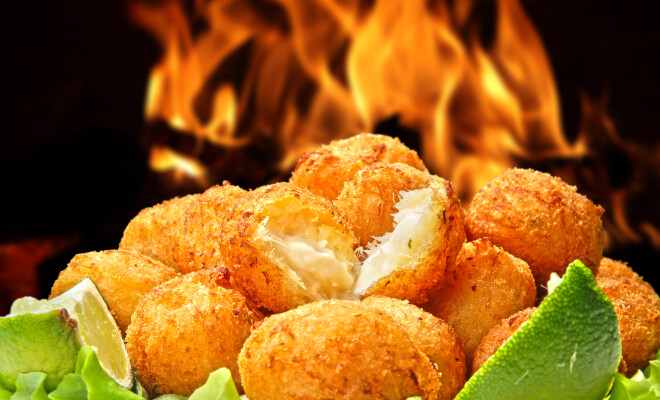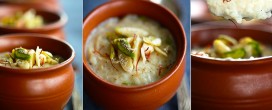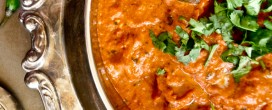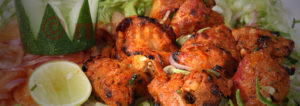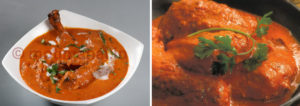Introduction to Indian Cuisine
India is a vast country with diverse :cultures, religions , languages, demography and of course cuisines. India also called Bharat, Hindustan has rich culture and many cuisines .Indian cuisine dates back, probably about 8000 years, reflecting the subcontinent’s diversity in Modern India , a product of India’s ancient history of various groups , dynasties, rulers and their cultures intermingling with each other over the course of time.
While many ancient recipes have been lost in time ,researchers while the translating historical scriptures have deciphered the eating habits during those days such as rice, curd, dairy fat, pomegranate, apples beetle leaves, honey ,saffron, turmeric sorghum etc. This translates into the early Indian diet which mainly consisted of legumes, dairy products, honey, vegetables , chickpeas, millets etc
In ancient India in yoga Hindu tradition ,food was classified into 3 categories, namely-
- Satvic – vegetarian and fruit diet without onion and Garlic .This was food eaten by sages, priest , teachers and Brahmins to keep them calm and help in meditation
2. Rajsik – As the word is derived from Hindi Word Raja Meaning King and Rajsik mean food fit for a king. The food which is required for mental robustness. The foods in this category are stimulating. Rajasic food, in excess can disrupt the equilibrium of the body. It included non vegetarian food .Gold leaf and silver leafs have been known to be included in Rajsik diet
3. Tamsik. – in diet where Garlic and Onion is included besides ripe and over ripe fruits, fermented food, meats etc
The Columbian discovery of new world brought with it new vegetables and fruits such as chilli, potato, tomato ,peanuts etc
During Middle Ages there were many dynasties like Gupta, Maurya Dynasties etc which introduces new cooking techniques and ingredients in the Indian cooking. Later , India was invaded by central Asian tribes which led to the introduction of Mughal cuisine (fusion between Indian and central Asian Cuisine) and cooking techniques which are popular in Modern india .They introduced certain herbs ,spices and saffron to India and brought about finesse to Indian culinary by introducing aromatic techniques of cooking rice called pillafs and Biryani, Meat preparations, samosas desserts like rice pudding with saffron and nuts called kheer .Central Asians brought the Tandoor (Clay. Oven)to India ,which was earlier used to bake breads and later a chef Kundan Lal Gujral used it to make kebabs and revolutionised the tandoor into royal mode for baking and roasting besides breads.
British,French ,Portuguese who ruled India have also influenced Indian culinary as they brought in their own techniques and introduced new ingredients Like Chilli pepper by Portuguese in India .
During the British period “The Raj cuisine” developed which was called Anglo Indian Cuisine which was a fusion of British and Indian cuisine – curry like lamb curry , railway cutlets ,porridge and vegetable curries etc .
Staple Indian food comprises of Pulses , millets, grain , dairy products , Rice , herbs and spices . Most common Indian spices in Indian spice box are are cardamom, red chili powder, cumin , coriander ,asafoetida , aniseed, turmeric etc.The myth that India food is spicy is actually incorrect rather it s flavourful . I remember during my visit to Sweeden once , I was invited to my Swedish friends home for dinner . We just got talking about Indian Cuisine and they exclaimed that Indian food was too hot . That night I cooked Vegetable Biryani in their own kitchen using cloves, cardamom , cinnamon , bay leaf and some sea salt from their own spice box. They laughed in joy and said their myth about Indian food being spicy was misconceived .Indian cuisine is aromatic and flavourful. The Spice box in the Indian kitchen is actually a treasure trove of Ayurvedic medicine promoting holistic eating habits and health
Indian Cuisine is basically divided in few basic categories – North Indian cuisine, South Indian Cuisine , Eastern Indian cuisine and Western Indian Cuisine .All these have many sub divisions within themselves , for example in South India there is Chettinad cuisine, Tamil , Malyali , Kerela etc.Then there is Bihari cuisine Bengali , Kashmiri Punjabi , Konkan , tribal ,Assamese etc. Thr list of Indian cuisines is vast as India being diverse country with diverse climates, geographical areas, religions, languages and cultures
In India and as Indians we celebrate all cuisines and cultures and as I always say there is in unity in diversity.
In my opinion, few important Indian dishes that one may learn as a beginner are as below-
Dal/pulses – We have many pulses in Indian Market some of the popular ones are toor dar(Pigeon pea) Black Urad Dal or Moong Dal
Cottage cheese – Dairy Products are very important in Indian Culinary .Specially Paneer is very versatile as we can make peas and Panir, Spinach- Panir, Panir kebabs, dumplings
Vegetables like bottle gourd, bitter gourd, potatoes , turnips are liberally cooked in Indian Kitchen with herbs and spices and of course tomatoes
Popular meats are lamb , fish and chicken- in Curries like butter chicken,mutton roganjosh, fish curry or kebabs like tandoori chicken, tandoori fish ,lamb seekh kebab etc
Rice , Millets , flour and wheat are popular
Indians use lots of nuts like almonds, pistachio, walnuts and raisins for cooking .
Milk based desserts like kheer, Phirni, Burris (milk cake) , carrot Halwa(Carrot pudding) are popular
In Indian kitchen essentially we need Cooking range, conventional oven, Spice grinder, blender – mixer.Some Indian prefer stone grinder to manually grind and crush herbs and spices called Silvatta (mortar and pestle sets). Pots and pans for cooking and frying .Indian bread are mostly home made for which one require rolling pin and rolling board
In modern India many cuisines are popular such as Hyderabadi.. Lucknowi, Punjabi. Goan. Tamil, Kashmiri, Bihari, Chettinad, , Haryana , Rajasthan, among various regional cuisines
In the following days I will share recipes of regional cuisines of India to make your kitchen experience more interesting …
With Love
Monish Gujral

